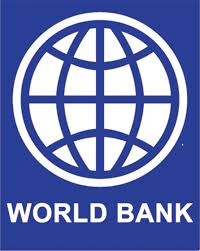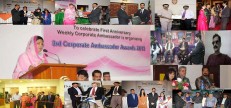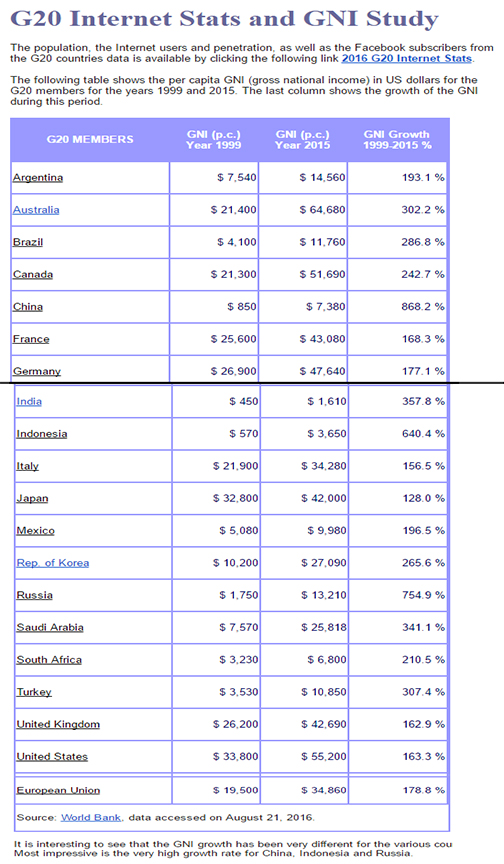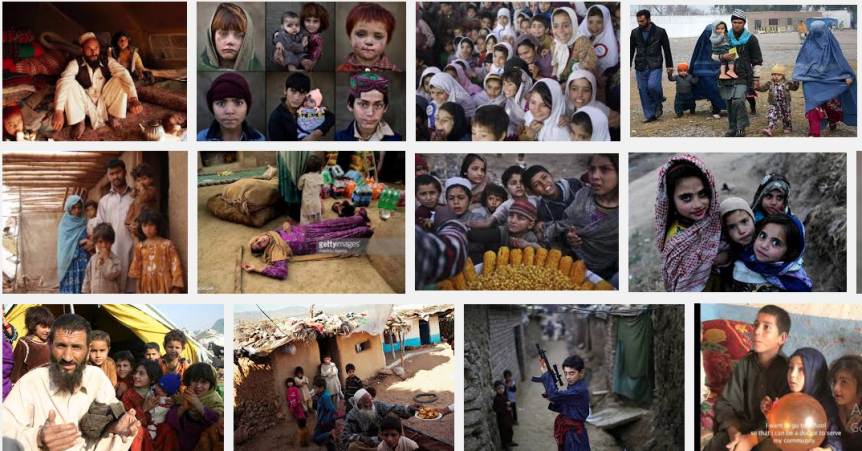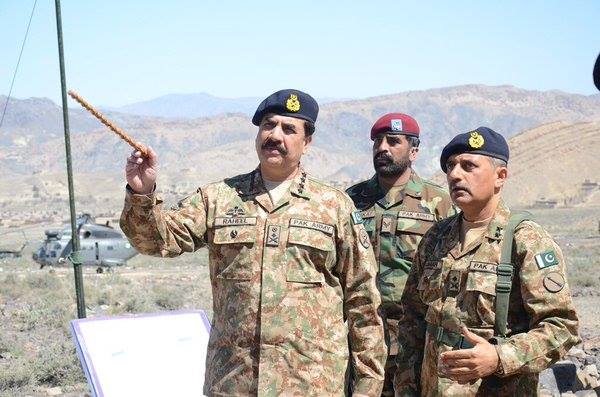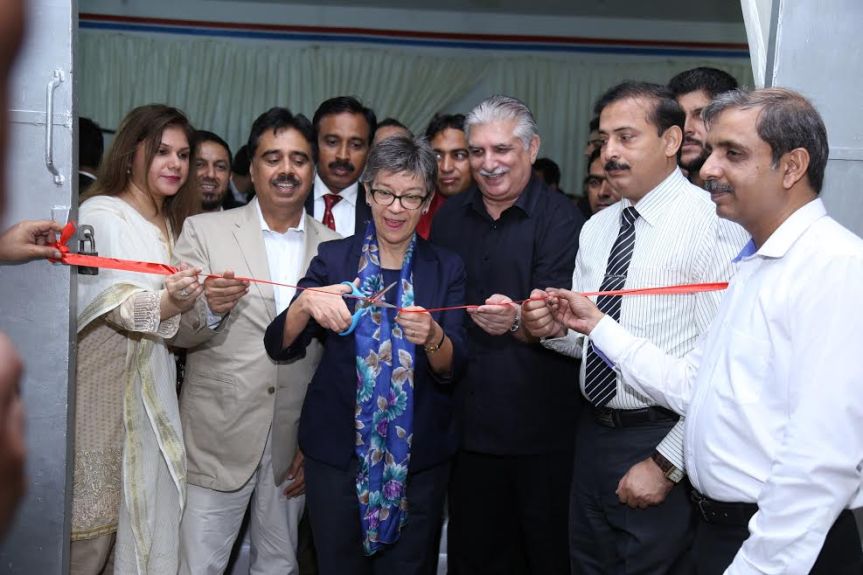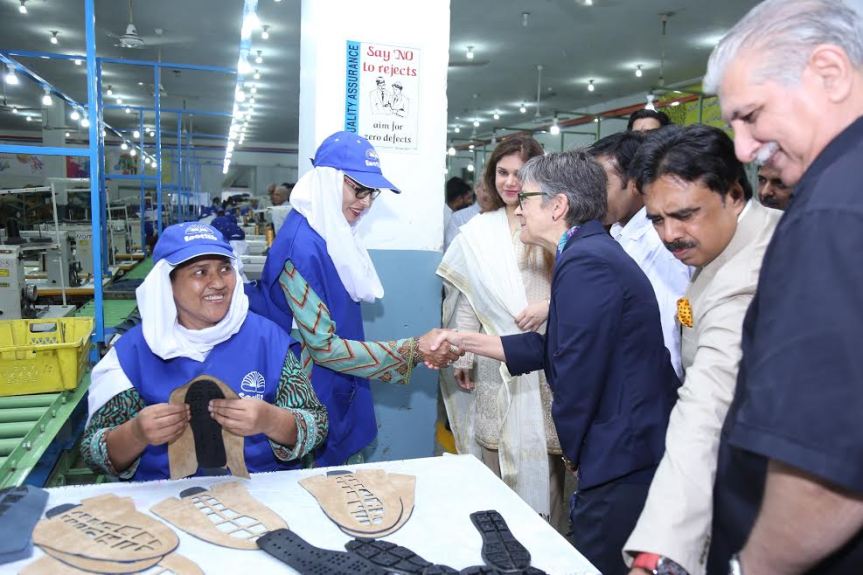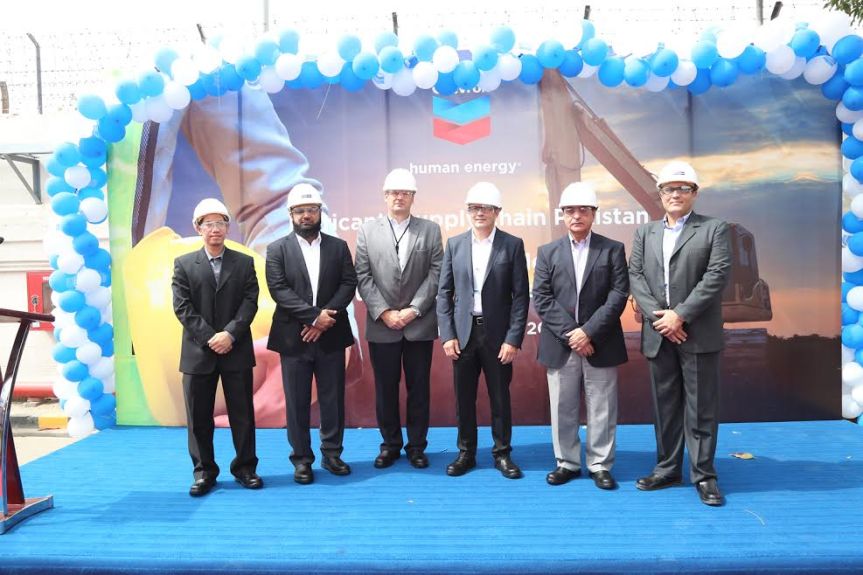
By Erum Khan, CNNA/KARACHI:
Connecting children with nature “Many of our greatest thinkers locate their capacity for original and profound thought in their imaginative abilities, first developed through creative play in early childhood.” – Sharna Olfman Psychology Professor Point Park University. So I believe all the energies and research should be diverted to what’s happening in the early years. It’s been a tradition of educationists to look for better ways of teaching and creating the best learning environment. One of the reasons why educationists are always curious might include the following queries:
• Is present day system of education lacking something?
• Are we looking for some short cuts to get the desired results?
• Are we trying to find the connection between a teacher and the learning process?
• Have we done enough evaluation of the current system of education?
• Are we really producing a generation of Robots devoid of Creativity out of our current
system?
• Are we looking to change the roles of teachers?
• Are we ready to view teachers as Independent thinkers? and many more….But the most important question is how the natural learning happens? One of the solution can be to study children in their natural habitat. Children create their natural habitat anywhere whenever they are allowed to breathe freely without the undue interference and instructions of adults.
There are lots of thinkers and researchers who have studied children in their natural habitat. John Locke revived Aristotle’s views with the concept that the child’s mind is a blank tablet (tabula rasa) that gets shaped and formed by his/her own experiences. Jean-Jacques Rousseau celebrated the concept of childhood and felt that children should be allowed to develop naturally. He believed that a child learns about life through his experiences in life.
John Holt, wrote in his book How Children Learn: “The child is curious. He wants to make sense out of things, find out how things work, gain competence and control over himself and his environment, and do what he can see other people doing. He is open, perceptive, and experimental. He does not merely observe the world around him. He does not shut himself off from the strange, complicated world around him, but tastes it, touches it, hefts it, bends it, breaks it. To find out how reality works, he works on it. He is bold. He is not afraid of making mistakes. And he is patient. He can tolerate an extraordinary amount of uncertainty, confusion, ignorance, and suspense. ” Jean Piaget emphasized that students create knowledge rather than receive knowledge from the teacher, based on their experiences, and that how they do so is related to their biological, physical, and mental stage of development. Piaget spent many years observing very young children. According to John Dewey, learning happens when children interact with the environment through experience. “Give the pupils something to do, not something to learn; and the doing is of such a nature as to demand thinking; learning naturally resuIts”.
In Italy, Maria Montessori (1870 – 1952), introduced a liberated concept of early childhood education that provided more opportunity for free expression, moving children away from their desks, providing them with activities, and respecting children as individuals. Like Dewey, she believed that students learn through carefully chosen activities.
As Researchers studied children in their natural habitat, scientist like Albert Einstein came up with their own experiences as a discovery about human learning, he declared, “Play is the highest form of research”. This gives rise to many modern thinkers to explore the free play of a child on one hand and to those who keep coming up with ideas to create the environment where children thrive, on the other.
THE RISE OF MAKER’S MOVEMENT:
The Makers Movement is a community of hobbyists, tinkerers, engineers, hackers, and artists who creatively design and build projects for both playful and useful ends. There is growing interest among educators in bringing making into K-12 education to enhance opportunities to engage in the practices of engineering, specifically, and STEM more broadly.
*The name and the idea of a Maker Movement can be traced to the 2005 founding of Make magazine and the first Maker Faire in 2006 (‘‘Leading the Maker Movement’’) but the basic idea of making comes out of longstanding hobbies and craft activities such as woodworking, sewing, and electronics. These pursuits have been renewing and opened up in recent years through the advent of digital fabrication tools and online networks that make it easy to share, critique, and compare ideas, designs, and project information.
THE BIG IDEA: THE HAND IS THE TOOL OF MIND:
The Maker Movement is a new phenomenon, but it is built from familiar pieces, and its application to education has deep roots. It has long been argued that children and youth can learn by playing and building with interesting tools and materials. The hand, Montessori says, is used to express one’s thoughts, emotions, and intellect. This can be supported by viewing the development of human intelligence. As early humans became upright, walking on two legs, their hands became tools used to work — to hunt, gather food, and make primitive weapons. Early humans were able to control and change their environment through the use of their hands. “All the changes in man’s environment are brought about by his hands. Really, it might seem as if the whole business of intelligences is to guide their work.” (Montessori, 1964)
This new movement has fundamentally changed the perception of Educators who never simply trusted the child before. They came to realize that:
• A child is naturally curious to know about the world around him.
• A child has the intrinsic motivation to explore his surrounding.
• A child has an intense amount of concentration waiting to dive deeply into the problem.
• A child will continue to explore and analyze until the discovery is made in the form of
solution or more ideas.
• A child will exhibit prompt sharing of that knowledge with others in his surrounding.
• And finally he will reflect on those ideas already established by him.
• A child will thus engage in that process until he is moved to a new idea of testing
another Hypothesis.
• The child is thus creative in all these process!
These discoveries are made by Scientists using the method of ‘Scientific Observation’. And the question arises ‘DO TEACHERS OR EDUCATIONISTS REALLY OBSERVE THAT WAY?’ In the words of Dr. Montessori, “The teacher must derive not only the capacity, but the desire, to observe natural phenomena. The teacher must understand and feel her position of observer: the activity must lie in the phenomenon”.
The educator must observe the natural learning process with an eye of a scientist, and once he is started using that lense he will come up with the same observations. According to the Swedish neurophysiologist Matti Bergstrom:
“The density of nerve endings in our fingertips is enormous. Their discrimination is almost as good as that of our eyes. If we don’t use our fingers, if in childhood and youth we become “finger-blind,” this rich network of nerves is impoverished—which represents a huge loss to the brain and thwarts the individual’s all-around development. Such damage may be likened to blindness itself. Perhaps worse, while a blind person may simply not be able to find this or that object, the finger-blind cannot understand its inner meaning and value. If we neglect to develop and train our children’s fingers and the creative form building capacity of their hand muscles, then we neglect to develop their understanding of the unity of things; we thwart their aesthetic and creative powers. Those who shaped our age-old traditions always understood this. But today, Western civilization, an information-obsessed society that overvalues science and undervalues true worth, has forgotten it all. We are “value-damaged.” The philosophy of our upbringing is science-centered, and our schools are programmed toward that end. These schools have no time for the creative potential of the nimble fingers and hand, and that arrests the all-round development of our children — and of the whole community. (Hand movement sculpt intelligence by Arthur Aeur).
(Second part of this series ‘hands are the tools of mind’ will come soon…Writer Erum’s email for feedback _ paradigmshiftineducation@gmail.com)
